In today’s ever-evolving workplace, empathy has emerged as a crucial quality for effective leadership. As employees seek a balance between work and personal life, empathetic leadership has gained prominence. It not only enhances employee engagement but also allows leaders to connect with their team members on a deeper level. Empathetic leadership involves listening genuinely, acknowledging emotions, and understanding unique circumstances, thereby fostering trust, collaboration, and support in the workplace.
In the diverse and global business landscape of today, empathetic leadership plays a central role in creating cohesive and engaged teams. It bridges gaps between individuals with diverse backgrounds and perspectives, cultivating a sense of belonging and shared purpose. Empathy goes beyond hierarchies, nurturing an environment where every team member feels valued, respected, and heard.
For those in leadership roles, here are some essential considerations as you endeavor to become a more empathetic and understanding manager:
1. Master the Art of Active Listening
Empathetic leaders excel at active listening. They recognize that truly hearing and comprehending others’ perspectives are critical for building meaningful relationships. Active listening involves providing undivided attention, maintaining eye contact, and being fully present in conversations. It also requires leaders to refrain from interrupting, judging, or formulating responses prematurely. By actively listening, leaders create an environment where team members feel valued, validated, and understood.
2. Cultivate Emotional Intelligence (EI)
Empathetic leaders possess high emotional intelligence. They are not only aware of their own emotions but can also effectively manage them while empathizing with the emotions of others. By recognizing and regulating their emotional responses, empathetic leaders navigate challenging situations with grace and composure. Moreover, they can discern the emotional needs of their team members, offering the necessary support and guidance for their success.
3. Prioritize Trust-Building
Empathy and trust are intertwined. Empathetic leaders prioritize trust by demonstrating integrity, authenticity, and consistency in their actions. They create an inclusive and safe environment where team members can freely share their thoughts, concerns, and ideas without fear of judgment or reprisal. Psychological safety is fostered through open communication, respectful feedback, and a genuine willingness to understand and address individual needs within the team.
4. Embrace Diverse Perspectives
Empathetic leaders understand the value of diverse perspectives and actively seek input from team members. They encourage collaboration by fostering an environment that celebrates different ideas and opinions. By embracing diversity of thought, empathetic leaders promote innovation, creativity, and problem-solving, while empowering team members to contribute their unique strengths and experiences.
5. Prioritize Team Growth and Well-being
Empathetic leaders invest time in understanding their team members’ aspirations, strengths, and areas of growth. They provide the necessary support and resources to help them succeed, including mentorship, training opportunities, and regular feedback for professional and personal development. Empathetic leaders also recognize and acknowledge the achievements and contributions of their team members, boosting morale and creating a positive work culture.

